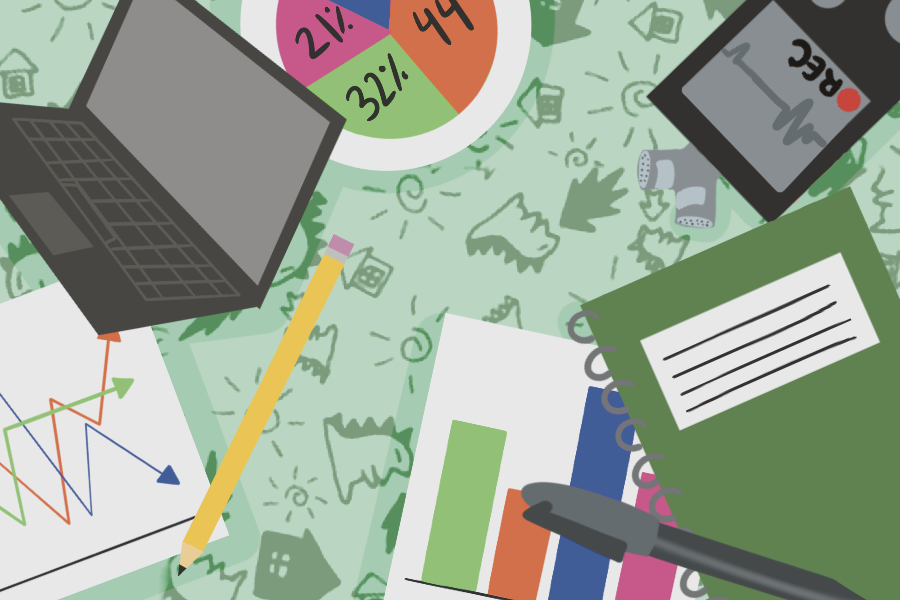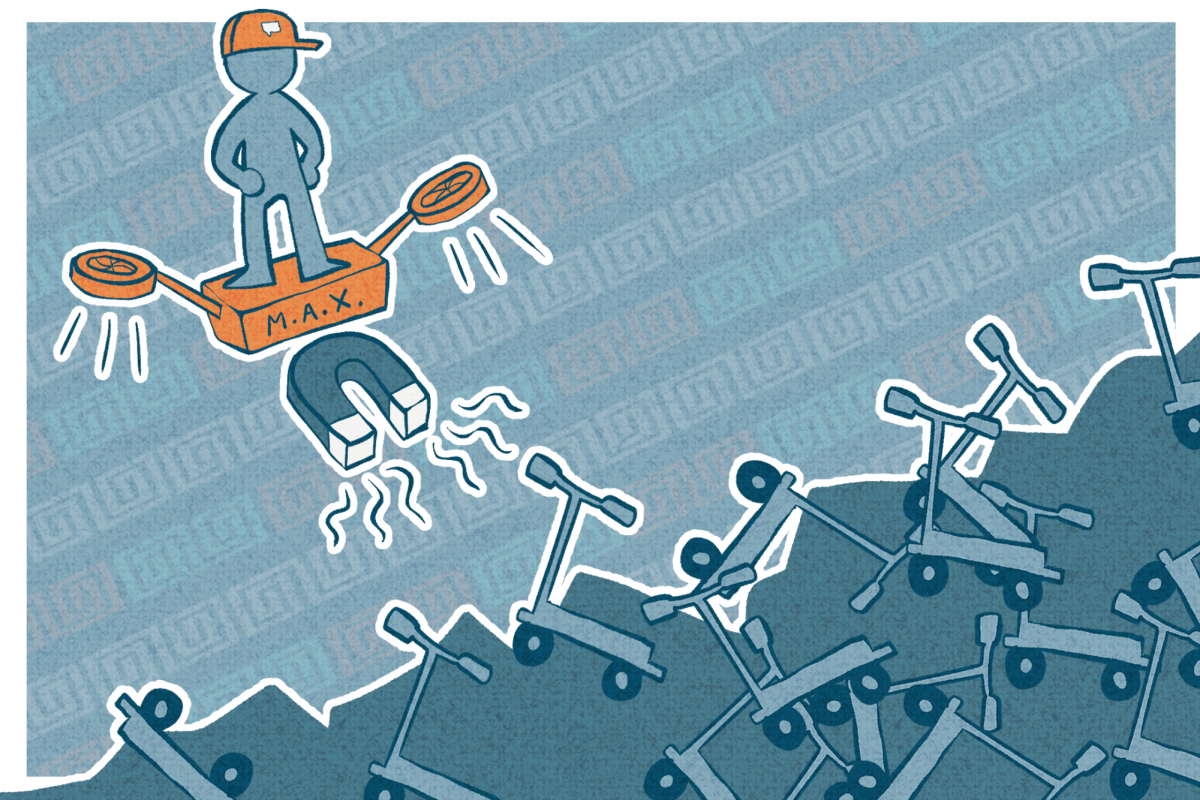Every other conversation about journalism seems to be about it dying.
But it’s not dead yet, and the best hope to save it is already here — if we let it. The emerging field of data journalism has enormous potential, not as a replacement for traditional journalism, but as a supplement that can revive support for the media among young people, audiences and journalists themselves.
The University of Illinois is the perfect institution to take the lead on an undergraduate data journalism program and train the data journalists of the future. We just have to take the leap.
Data journalism hasn’t yet reached its full potential. It’s still relatively rare, as it requires a specific skill set that combines traditional journalism with data analysis and visualization. These skills aren’t taught in-depth in most journalism schools, and many journalists feel like they’re inaccessible.
There’s an opportunity for education here — a role to be filled.
Get The Daily Illini in your inbox!
Last academic year, the University launched its first interdisciplinary data science degrees, pairing data science with astronomy, information sciences and several business fields. More X + DS combinations are in consideration, and journalism should be on that list.
Under this plan, students interested in data journalism can, with a single degree, learn reporting, writing, editing and multimedia production from journalism classes; and Python, linear algebra, statistical modeling and algorithms from data science classes.
To drive home the interdisciplinary part, the major should require a few classes that combine both fields.
Data Visualization for Journalists — basics of Matplotlib, interactive design in Javascript D3, making it pretty in Adobe Illustrator — and Journalistic Data Practices — records requests, data cleaning, data verification and the ethics of data communication — are two classes that could be created for the curriculum.
There are already a few data-related classes in the journalism department, including Data Storytelling for Journalists and a few special topics sections. The seeds are there, ready to be watered and developed into their own entity.
I’m in Data Storytelling for Journalists this semester, and it’s excellent. It’s also the first time the class has run under its own name in almost a decade. And there are only three people in the class, including me.
But this doesn’t mean there’s no interest in data journalism. It means it isn’t promoted enough to journalism students. Without communication from the department about how data skills can elevate a career in journalism, students won’t know about the powerful world of data that awaits them.
Even the nation’s top J-schools haven’t committed serious time and resources to undergraduate data journalism education. Northwestern dedicates a few classes and programs to the topic. Mizzou hosts data journalism not as its own major, but as one of many “specialty areas” for its undergraduate journalism degree.
One school — that I could find — has an undergraduate data science and journalism degree: Northeastern University, a private university in Boston with $60,000 tuition. While this is a step in the right direction, only a large, renowned public school like the University of Illinois can start an accessible movement toward a data journalism degree.
Since the University is a top STEM school and has a reputation for innovative technical education, it’s right on brand to apply STEM concepts to a media field.
Every journalist can benefit from data skills: Sports journalists can get into sports analytics, public affairs reporters can inspect government datasets and meteorologists can analyze and visualize weather data. When the sports bros in my journalism classes ask me why I love data so much, I send them FiveThirtyEight’s interactive March Madness prediction visualization. They proceed to be obsessed for hours.
In addition to benefiting current students, this major could bring in new students to the College of Media. Journalism is currently a very small major at the University — as of Fall 2023, there are only 163 full-time undergraduates in the program.
It’s likely that there are incoming students who might be interested in journalism but are not so interested in the whispers of bad job prospects and declining public approval.
However, data skills are extremely valuable to media employers, leading to better job opportunities and security for data journalists. And data journalism, as it’s based on math, is one of the best ways to find the truth to combat perceptions of bias.
A new Journalism + Data Science major might give those worried students a reason to reignite their passion for journalism and take it to new levels. Students who are geared toward data science but interested in implementing their skills in a creative and meaningful way might find their niche in Journalism + DS as well.
It’s a win-win-win: Students get to learn cutting-edge skills with an innovative degree, the College of Media can assert itself as a top journalism school and the field of data journalism will gain new advocates every year.
If that’s not enough to convince the folks in the administration, this opportunity will definitely bring money via tuition dollars, happy alumni and fame via U.S. News Rankings and positive Reddit discourse to the College of Media. I’m kidding, mostly.
In all seriousness, I believe data journalism will change the world. The University can’t miss this opportunity to be part of the movement.
Talia is a junior in Media.












